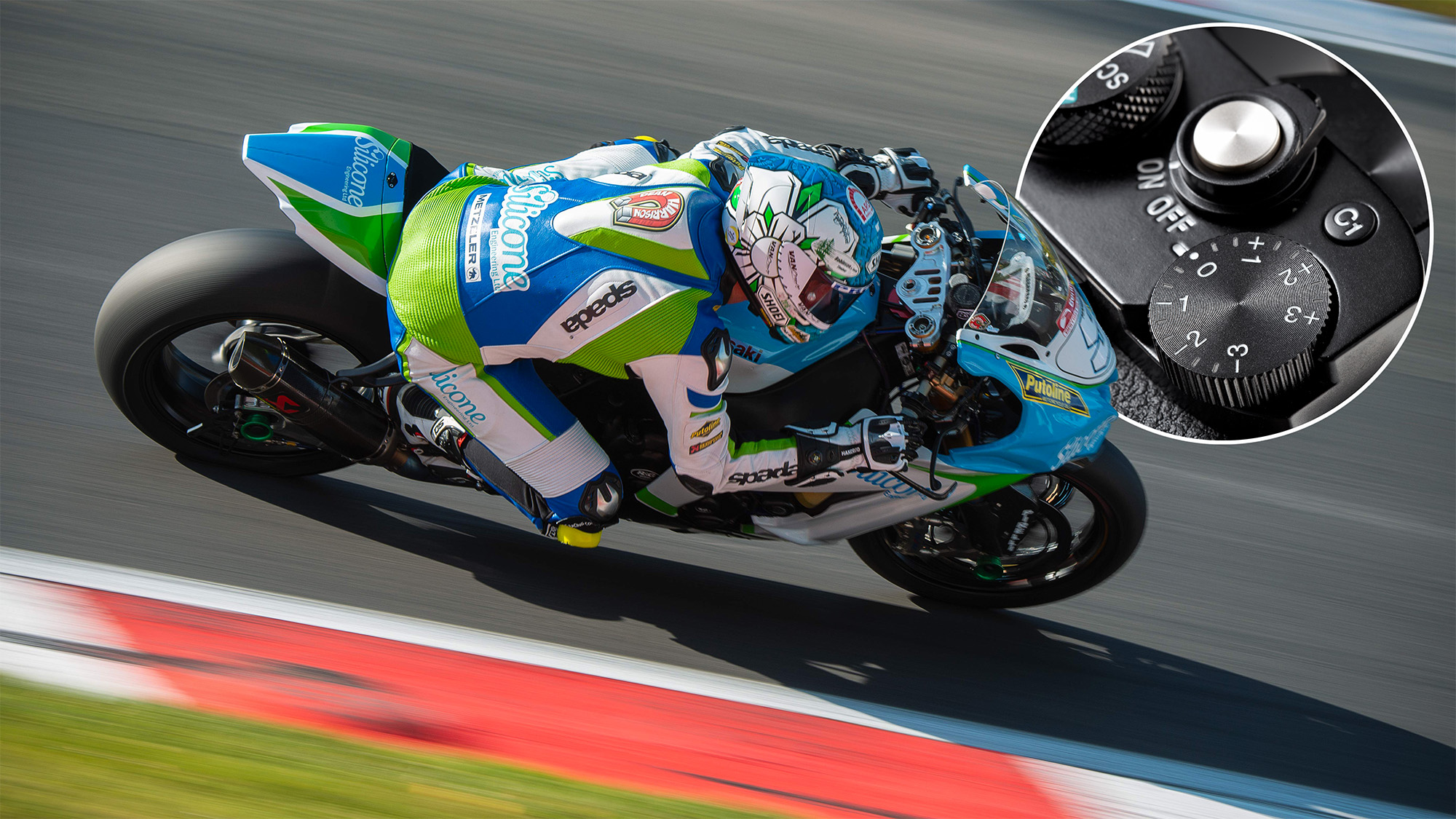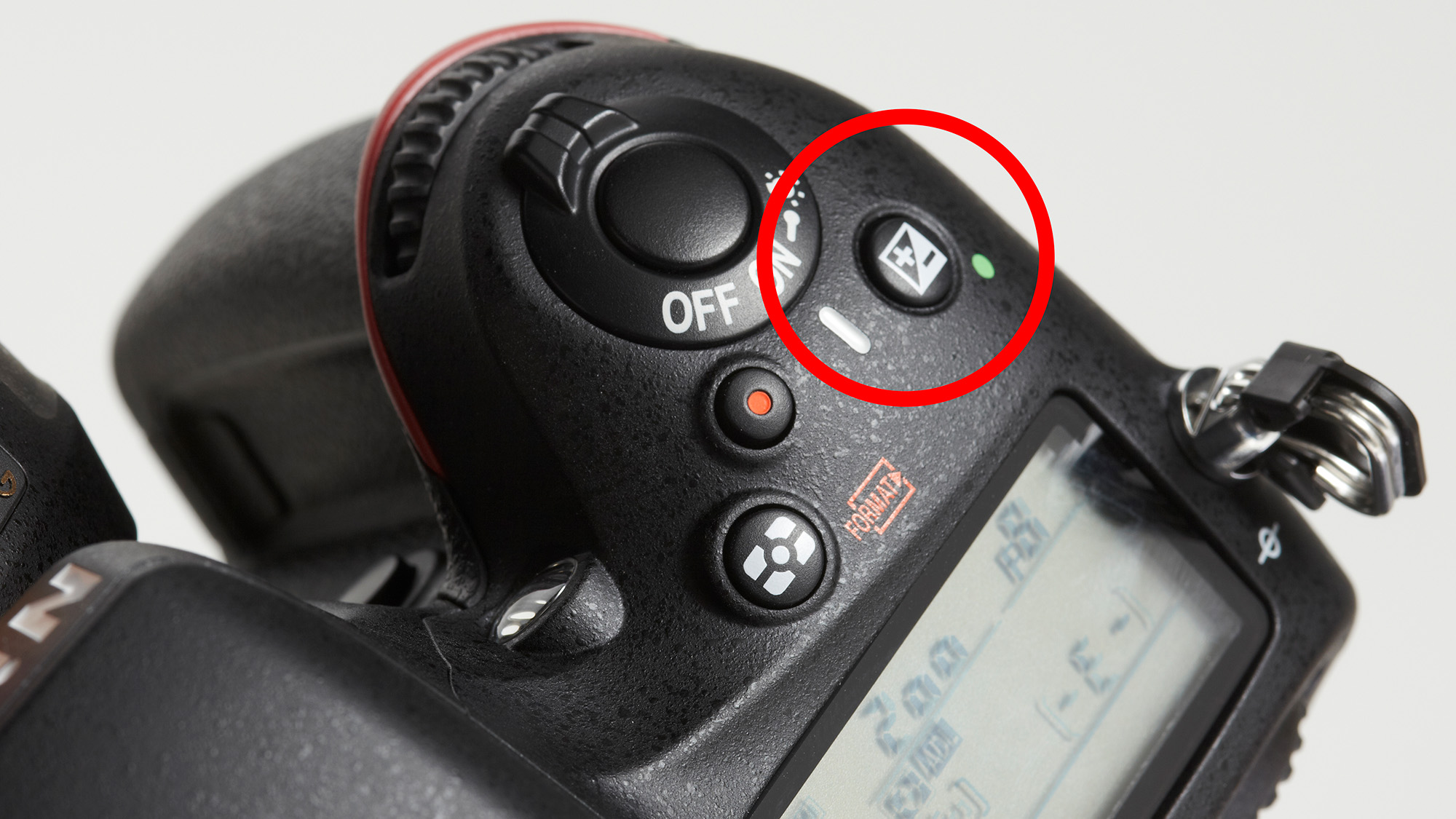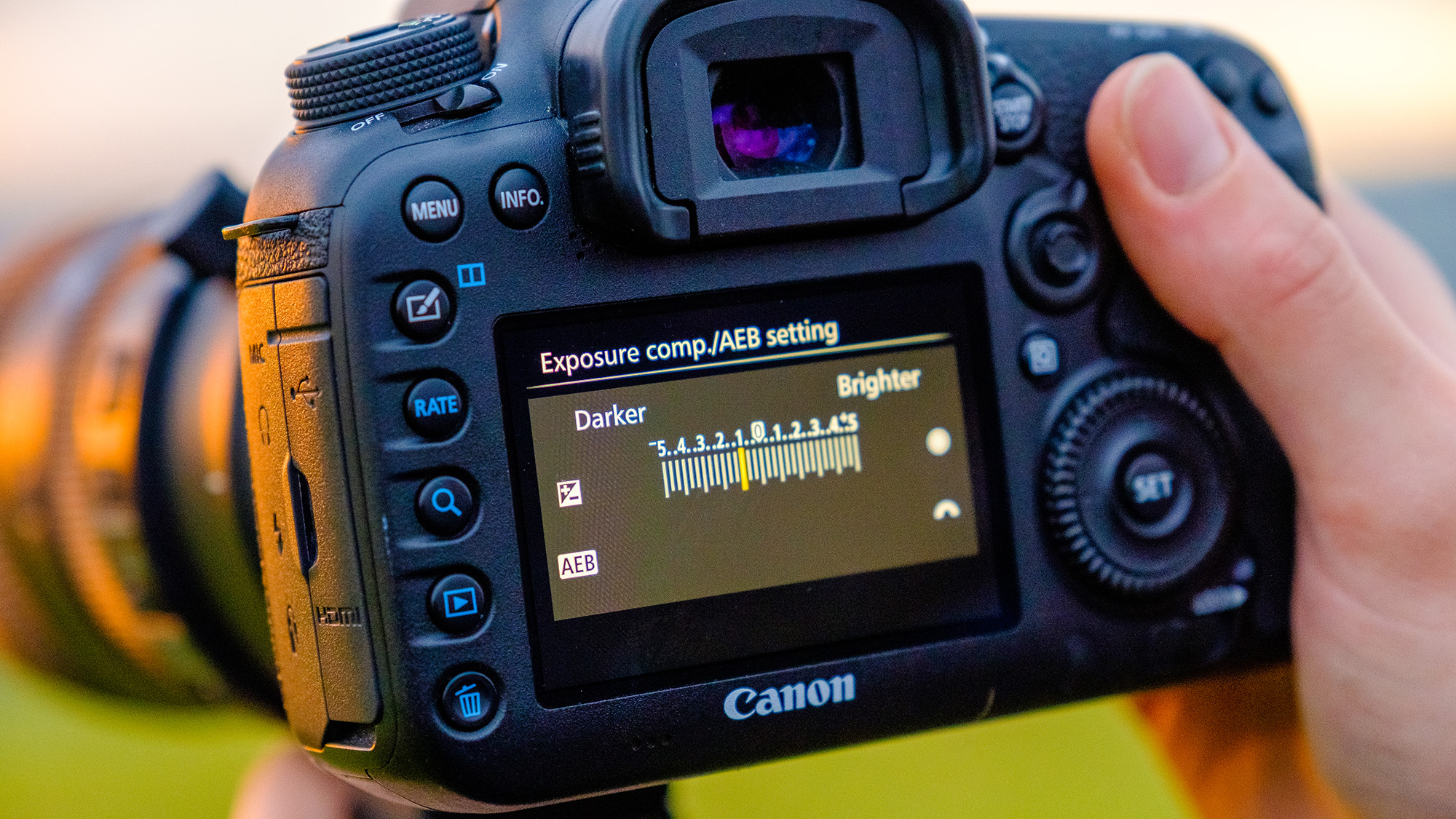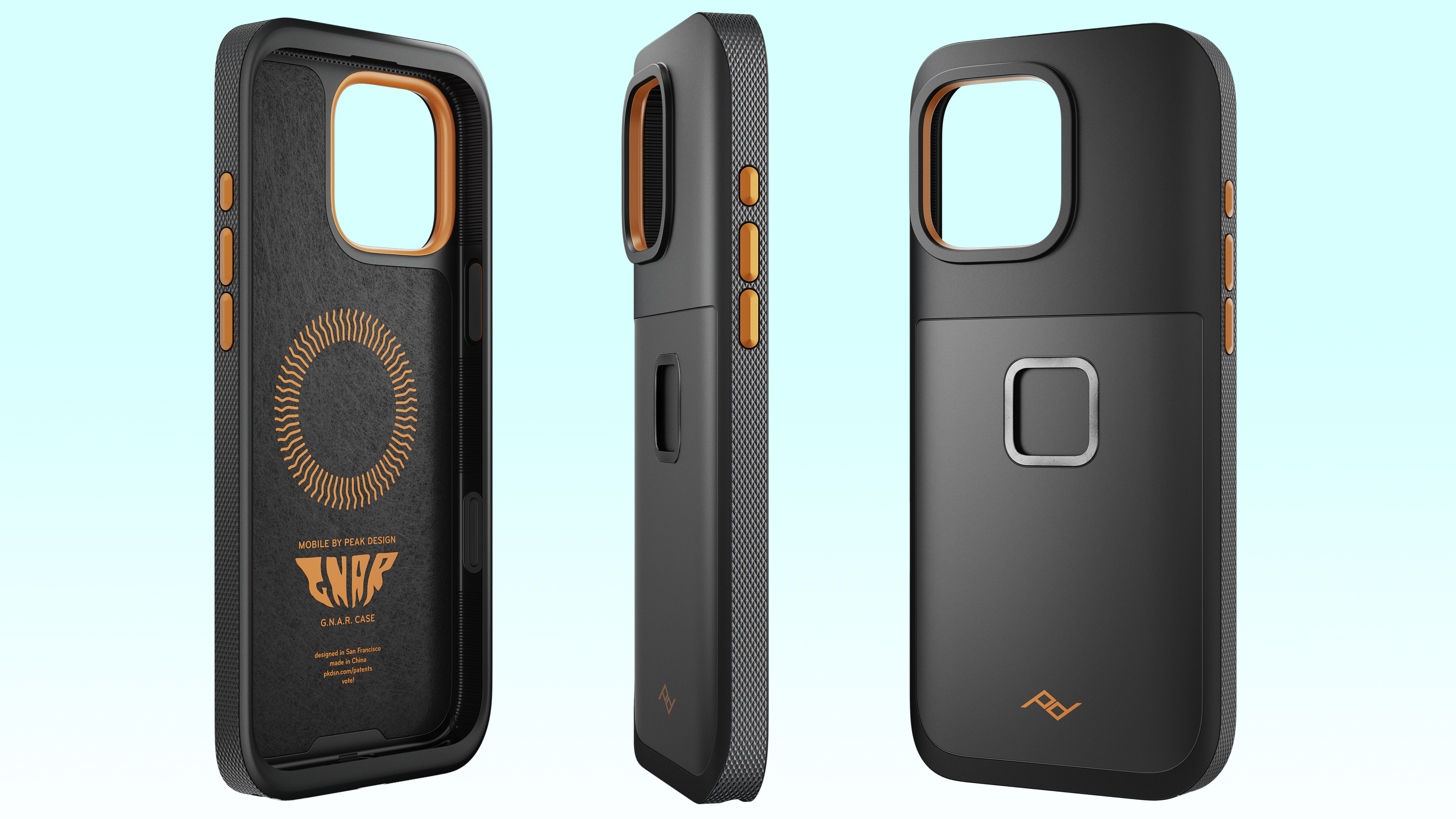I need to change my camera settings FAST, exposure compensation saves me every time – here's how...
Exposure compensation allows me to fine-tune my exposure at the press of a button or flick of a dial – here's how I use it to conquer fast-moving subjects

I love to photograph motorsport and if there’s one thing I learned very quickly, it’s how to rely on exposure compensation so I can just about keep up with all the fast cars and bikes. Exposure compensation is a quick way to alter your exposure and is the perfect progression once you've learned the exposure triangle. If the image is too dark, you add positive exposure compensation. If it’s too bright, you add negative exposure compensation.
Exposure compensation doesn't work in pure manual mode. Typically, it’s used in aperture and shutter priority, program mode, and manual mode with auto ISO enabled. It is usually controlled in ⅓-increments, although some cameras allow you to adjust the size of these increments.
Think of exposure compensation in relation to your camera’s in-built light meter. Visualize a ‘perfect’ exposure of zero, dialing in -1 exposure compensation will reduce your exposure by one stop of light and dialing in +1 exposure compensation will increase your exposure by one stop of light.
In this article, I’ll explain where to find exposure compensation on your camera. How it works. And how I like to use it…
Where is the exposure-compensation button?

How to control exposure compensation differs between manufacturers and even from camera to camera. The best Nikon cameras, like the Nikon Z6 III, tend to use an exposure-compensation button on their top plate, near the shutter button. You simply hold it down and scroll the necessary command wheel left and right for negative and positive exposure compensation, respectively.
The best Canon cameras typically use a large scroll wheel (the Quick Control dial) on the back of the camera that surrounds the D-pad, like the Canon EOS R6 Mark II. However, some Canon’s, like the Canon EOS Rebel T100 / 4000D, do have a designated exposure compensation button on the back. The best Sony cameras and the best Fujifilm cameras, like the Sony A7 IV and Fujifilm X-T5 feature a dedicated exposure compensation dial, just like the film SLRs of yore.
How exposure compensation works

Exposure compensation holds the master key to the exposure triangle in that it’s capable of affecting shutter speed, aperture and ISO. The clever bit is that you don’t have to tell it what to adjust, it will simply react to the shooting mode you’re using. If you’re using aperture priority, exposure compensation will alter your shutter speed, if you’re using shutter priority it will alter your aperture and if you’re using manual mode with auto ISO, it will alter your ISO.
This means you have to be mindful of the subject you are shooting. If you’re capturing landscapes on a tripod, then selecting aperture priority would be best, since controlling your aperture is vital, while controlling your shutter speed isn’t (unless you’re attempting to capture a long exposure of course). And if you’re shooting a fast-moving subject, say, your child batting in a Little League game, your shutter speed is vital so you’ll want to select shutter priority and have exposure compensation alter the aperture.
I like to pair exposure compensation with manual mode and auto ISO. This is because it allows me to fully control both my aperture and shutter speed. I find this to provide the perfect balance between control and automation. You can ensure your shutter speed is fast enough to avoid camera shake or to freeze a moving subject, while setting your aperture to achieve the desired depth of field, while relying on your camera to select the right ISO.
It’s then simply a case of using exposure compensation to darken or brighten the exposure accordingly. This does mean that you need to keep an eye on your ISO to make sure it doesn’t stray into heavy noise territory, in which case you need to slow down your shutter speed or widen your aperture.
So there you have it. Exposure compensation will help you speed up inputting your exposure settings, without forcing you to give up too much control.
You may also like...
If you're interested in mastering exposure, you may like to find out why I still use the 'outdated' reciprocal rule to beat camera shake. If you'd like a more accurate way to measure exposure then check out the best light meter for photography. And if you want to upgrade your camera, but don't know where to start, considering browsing the best mirrorless cameras.
Get the Digital Camera World Newsletter
The best camera deals, reviews, product advice, and unmissable photography news, direct to your inbox!

Mike is Digital Camera World's How To Editor. He has over a decade of experience, writing for some of the biggest specialist publications including Digital Camera, Digital Photographer and PhotoPlus: The Canon Magazine. Prior to DCW, Mike was Deputy Editor of N-Photo: The Nikon Magazine and Production Editor at Wex Photo Video, where he sharpened his skills in both the stills and videography spheres. While he's an avid motorsport photographer, his skills extend to every genre of photography – making him one of Digital Camera World's top tutors for techniques on cameras, lenses, tripods, filters and other imaging equipment – as well as sharing his expertise on shooting everything from portraits and landscapes to abstracts and architecture to wildlife and, yes, fast things going around race tracks...
